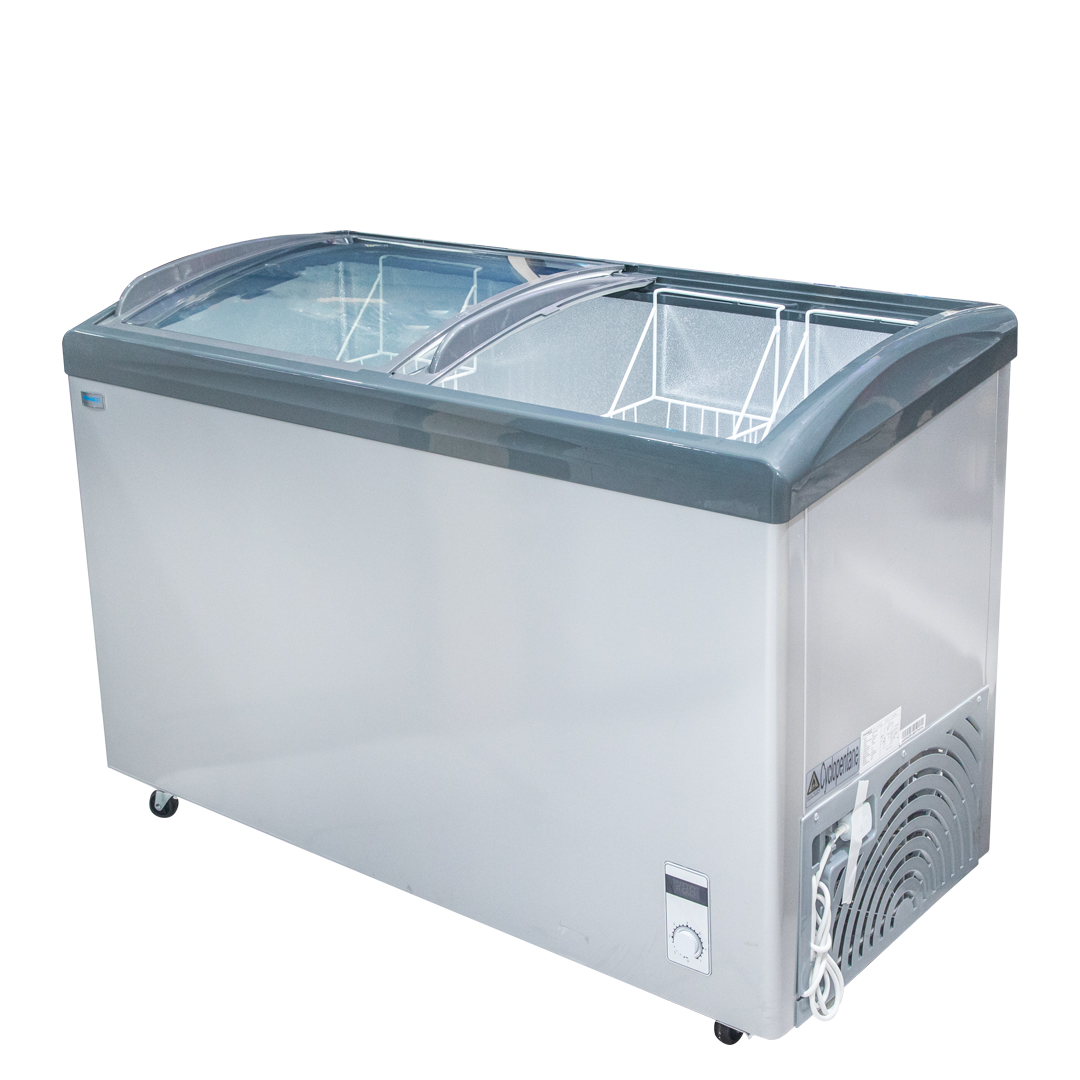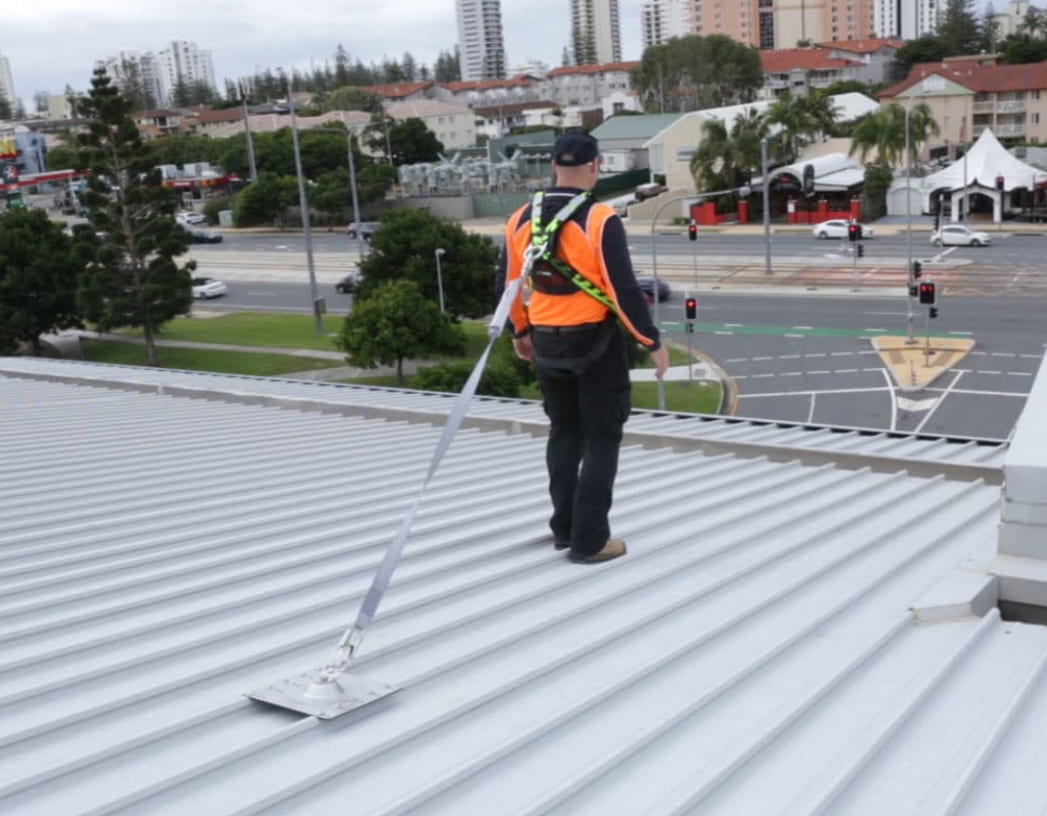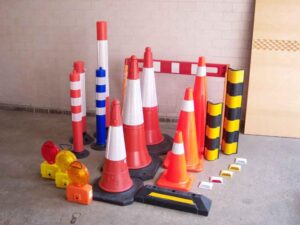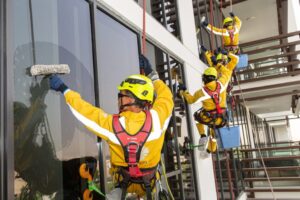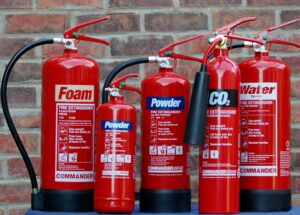When working at heights, safety is paramount. The roof anchor point is an essential component of fall protection systems, providing a secure connection between a worker’s harness and the structure of the building. However, not all roof anchor points are created equal. Choosing the right one for your building is crucial to ensure the safety of those working on the roof. In this article, we’ll discuss the key factors to consider when selecting a roof anchor point and provide tips to help you make an informed decision.
Consider the type of roof:
The type of roof on your building will play a significant role in determining the type of anchor point you need. Flat roofs, for example, may require a different type of anchor point than pitched roofs. Additionally, if your roof is made of a fragile material such as slate or asbestos, you will need to select an anchor point that won’t damage the roof during installation.
Evaluate the load capacity:
The load capacity of the roof anchor point is another essential factor to consider. The anchor point must be capable of supporting the weight of the worker and any equipment they may be using. Permanent roof anchor points generally have a higher load capacity than temporary ones, so they may be more suitable for heavy-duty applications.
Assess the attachment method:
Roof fall arrest can be attached to the roof in a variety of ways, such as through bolted connections or adhesive bonding. The attachment method will depend on the type of roof and the load capacity required. Adhesive bonding may be suitable for lighter loads, while through-bolted connections are more suitable for heavier loads.
Consider the location:
The location of the anchor point is also important. The anchor point should be positioned in a location that provides maximum coverage of the work area while also minimizing the risk of swing falls. Permanent roof anchor points can be strategically placed to provide the best coverage.
Evaluate the quality and certification:
The quality and certification of the anchor point are critical. Ensure that the anchor point you select meets or exceeds the relevant safety standards and has been certified by a reputable organization. Quality anchor points are more durable and reliable, ensuring the safety of workers.
Conclusion:
Choosing the right roof anchor point for your building is essential for the safety of those working on the roof. Consider the type of roof, load capacity, attachment method, location, and quality/certification when selecting an anchor point. Permanent roof anchor points may be more suitable for heavy-duty applications, and adhesive bonding may be suitable for lighter loads. Remember, safety should always be your top priority when working at heights.

 Home
Home